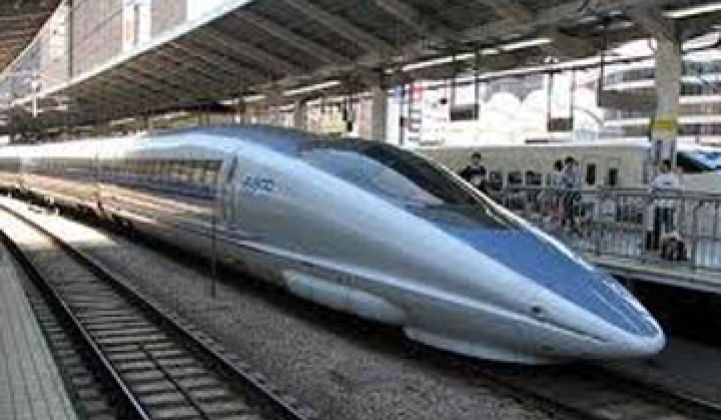The White House has unfurled a plan, and coupled it with billions of dollars, to connect 80 percent of Americans to high-speed rail in the coming decades. True high-speed trains, coasting at more than 125 mph, cost more to build than regular trains (you need a dedicated, separate track for the fastest trains, like the one proposed in California), but rail owners can charge more per ticket. Along the way, rail displaces airport congestion, curbs fuel and saves taxpayer dollars.
France, China, Japan and even Spain have found that modern rail systems can pay for themselves and revitalize local economies if they are planned correctly. However, not every fast train brings in money, and the U.S. can gain from lessons learned abroad. Beyond passenger travel, there are also opportunities to upgrade freight trains with technologies like sodium batteries that can save energy and move products more efficiently. Don’t mistake today’s trains with the mechanical behemoths of decades ago; today’s trains are high-tech wonders that utilize the latest in on-board systems.
"In a global economy, we can't forget that infrastructure also functions as the veins and the arteries of commerce," Vice President Joe Biden has said.
But there are already fights over where to put the rail line in California, and in the heavily populated Northeast, where riders of Acela salivate at the thought of the smooth ride offered by an American version of Shinkansen, there is little room to maneuver around existing rights of way. Some governors have turned away federal funds for rail projects.
Are we ready for a new era of rail? Will it create jobs or just cost a lot? What do you think?
Read more on this topic in a joint effort by General Electric Ecomagination and Greentech Media, and join in on the conversation here.



